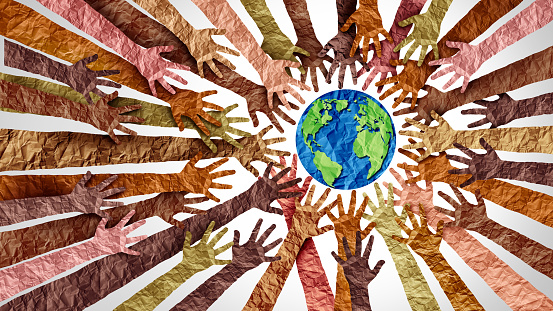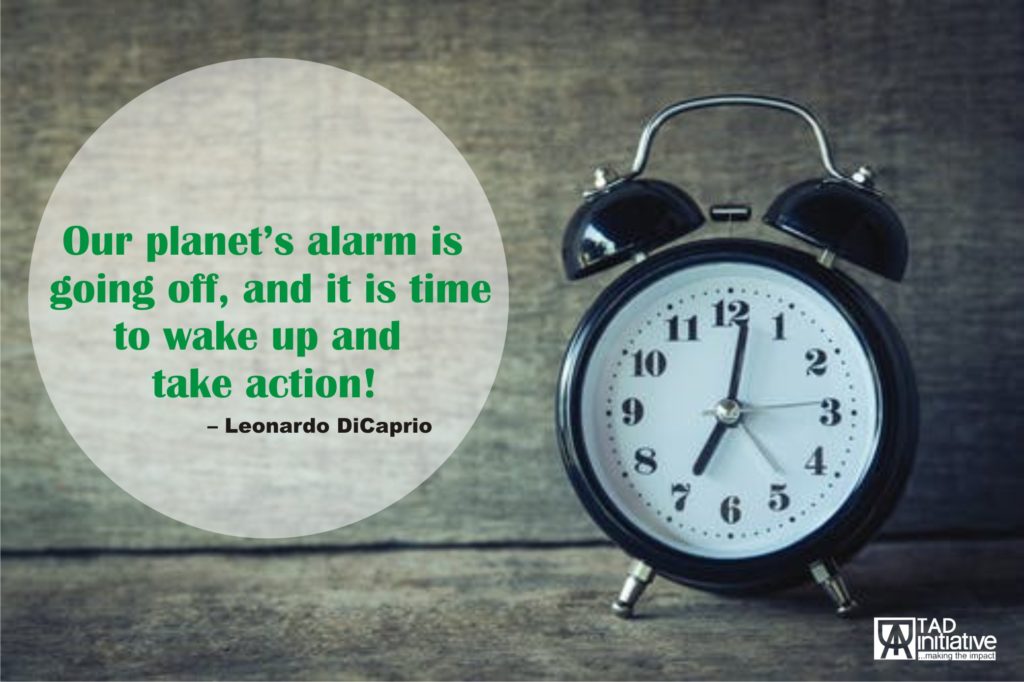If the climate is changing, we also need to change our culture and daily activities, by being more conscious of the environment. The current reality on climate change is one that speaks of urgency and seeks creative ways to solve the mess we have found ourselves in. It is important to talk about climate and culture because culture has a huge role to play in climate change mitigation and its adaptation. Resultantly, I believe cultural heritage and creativity can contribute to addressing the root causes of climate change.
Tackling Climate Change

Tackling climate change requires coordinated government actions and informed efforts by individuals, and youth are gradually taking the lead by passionately creating solutions that address environmental problems, having felt the harsh effects of climate change in the last 10 years. To illustrate, youth are becoming more aware of the implications of casually dropping plastics waste on our roads and sewages, they also now know the implications of illegally cutting down trees in our forest. As a result, youth are collectively contributing their quota through innovative solutions, advocacy programs such as the TAD initiative, and behavioral change campaigns by using elements of culture like music and art to advocate for a healthy environment( they do this by developing content like paintings, jingles, and animations to address environmental challenges in society).
Furthermore, corporate businesses and industries need to re-visit their operational strategies to accommodate the use of new and renewable energy. This means they need to start cutting down on the use of industrial machines that pollutes the environment. Additionally, if we must leave this earth better than we met it, we need to make certain sacrifices as individuals and organizations, which includes looking at our daily activities to see if we can do anything differently, like using products that are made from recycled materials (e.g. office supplies made from recycled plastic, furniture made from recycled rubber, reducing paper needs by asking staff to print double-sided, encouraging staff to use scrap paper for taking notes instead of using new ones, recycling and reusing plastics if we must use).
Recommendations

Previously, the African culture doesn’t allow young people to give their opinions on issues in society, as they are believed to be too young and timid to have brilliant ideas. Now, this has changed, as there is a need for active inclusion and participation of youth in policy development and decision-making as regards issues on climate change and culture at local and international levels. They should also be considered as important stakeholders in the implementation and execution of these policies, not just onlookers, because these youth are the ones with the energy and the ones who probably will be around in the next 40 years.
There is a need to channel more resources to reach more young people in underserved communities in our various countries. Most times when we develop advocacy strategies, we leave out people without access to technology or social media, forgetting that these populations more in number than people in the cities. Moreover, people in remote communities are mostly the custodians of our culture, and we need to empower them too.
The capacity of our youth needs to be developed in order to improve their sources of livelihood, they need to invest in green jobs and youth-led innovations for building up green economies. We need to urgently engage our governments and big private sector players to invest in sustainable systems and innovations, and push for further regulations and accountable plans of action to reach climate goals.
There is a need to transform the way we relate to the environment, and we can do this by imbibing an environmentally friendly culture, which is highly interrelated with developing a caring system. We need to acknowledge our belonging to nature and start acting accordingly.
Conclusion

In conclusion, we need to start raising environmentally and culturally conscious children who in the next 20 years will become active youth who are passionate about environmental sustainability, and this can be done by providing quality education (SDG 4), which is a great tool to foster all other SDGs, including climate action (SDG 13). We need more youth-led projects like TAD Initiative, an organization using storytelling, photographs, graphical images, and articles for climate change advocacy.
IVolunteer International is a 501(c)3 tech-nonprofit registered in the United States with operations worldwide. Using a location-based mobile application, we mobilize volunteers to take action in their local communities. Our vision is to create 7-billion volunteers. We are an internationally recognized nonprofit organization and is also a Civil Society Associated with the United Nations Department of Global Communications. Visit our profiles on Guidestar, Greatnonprofits, and FastForward.

